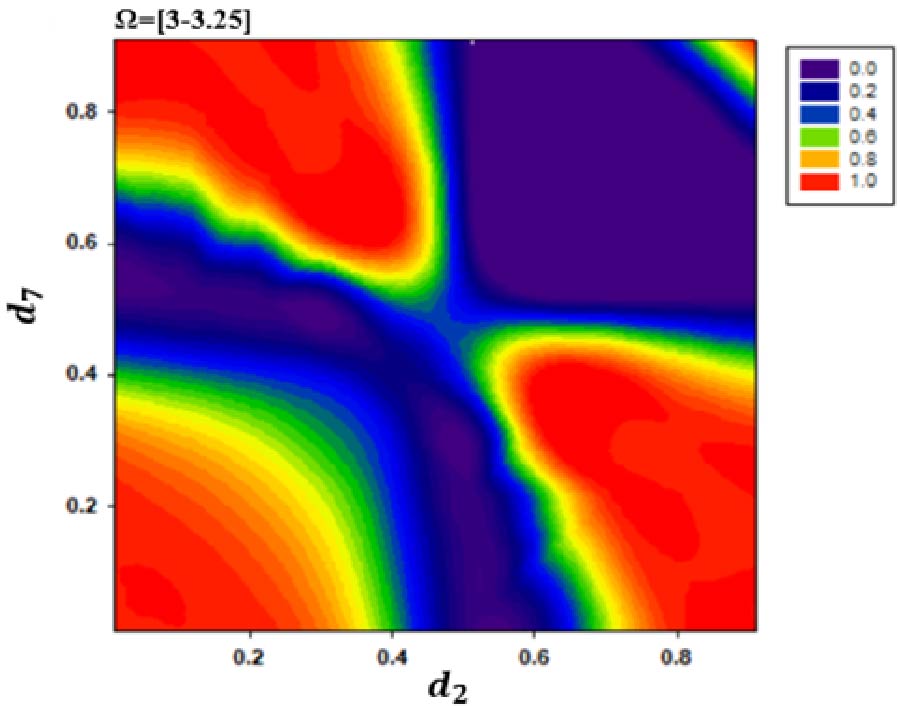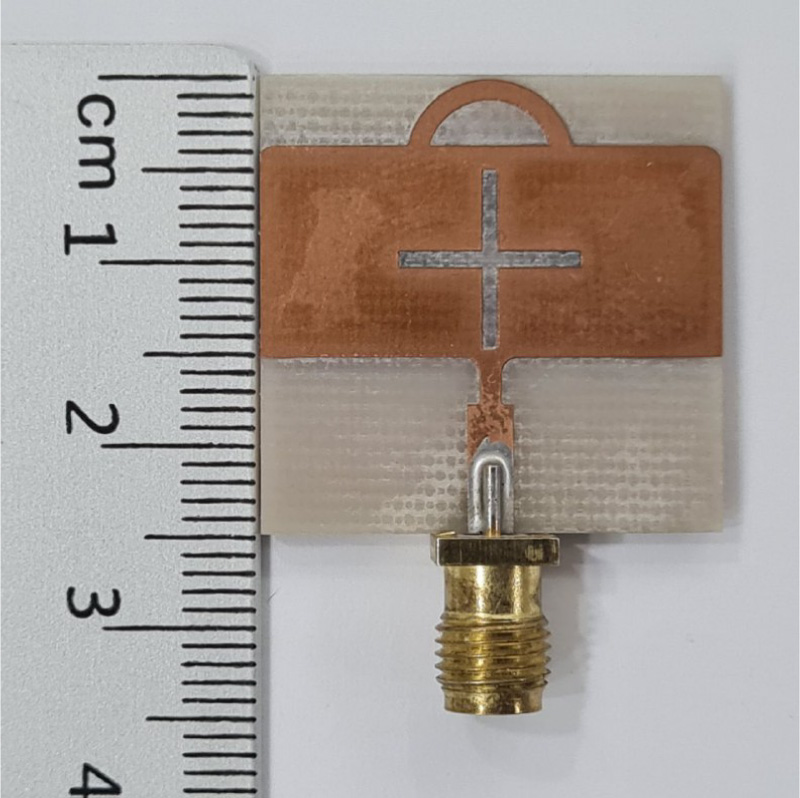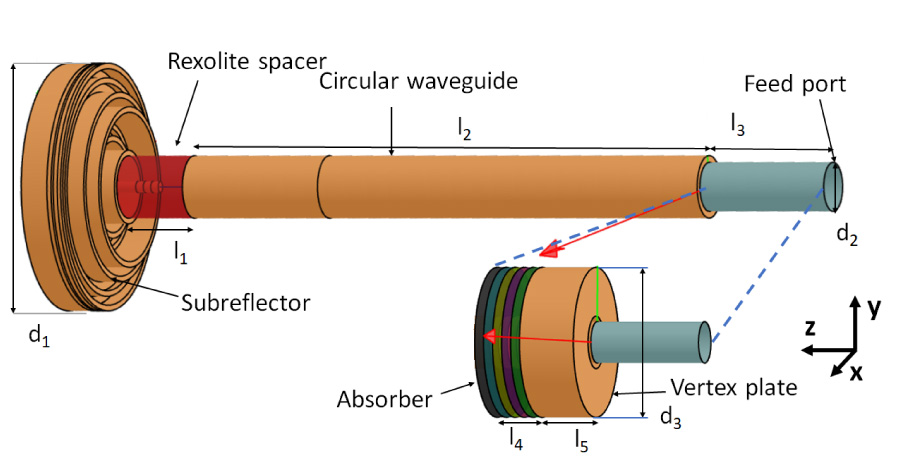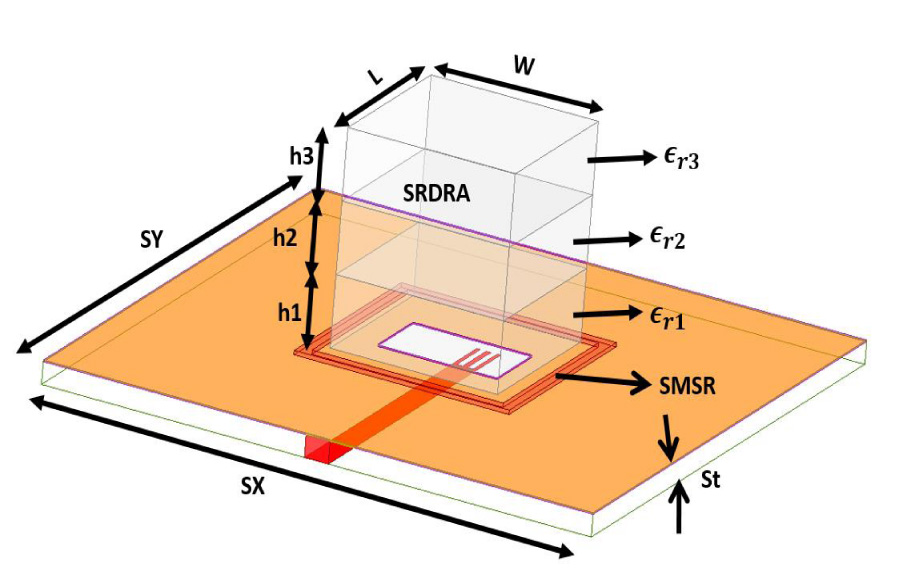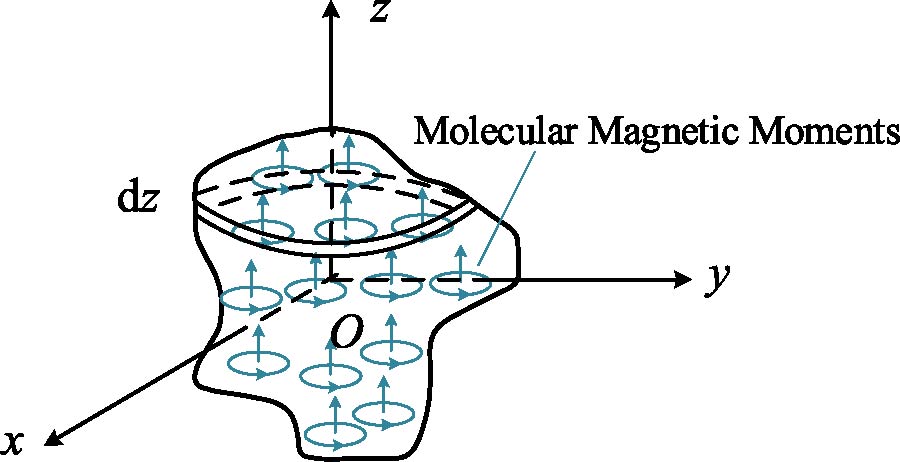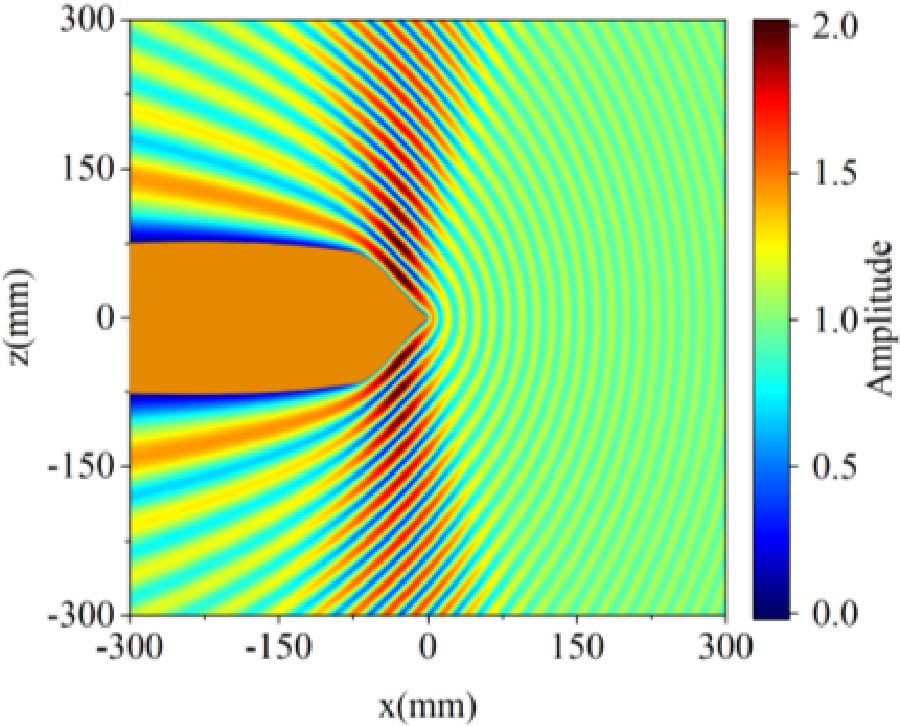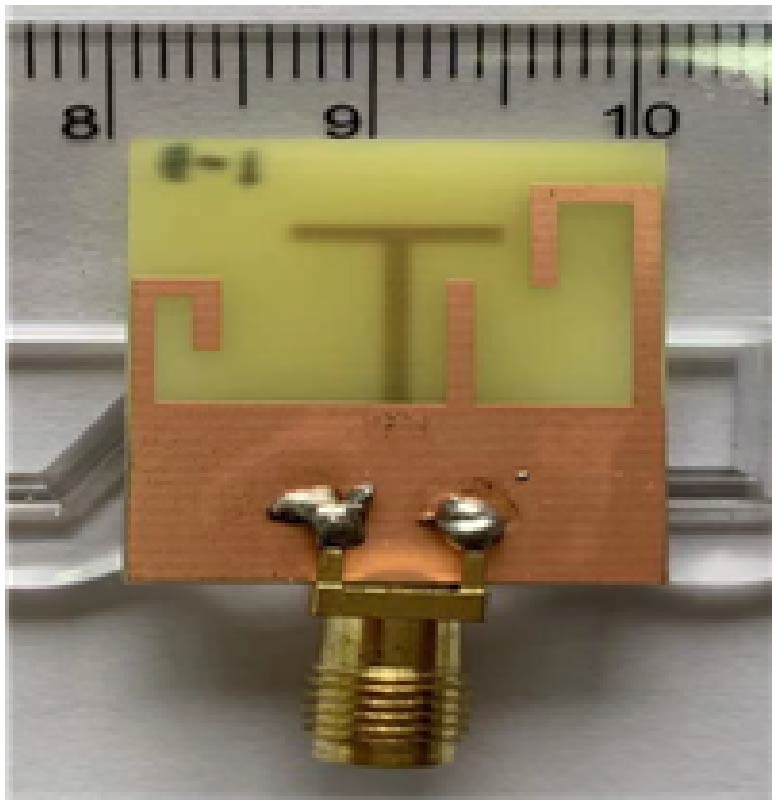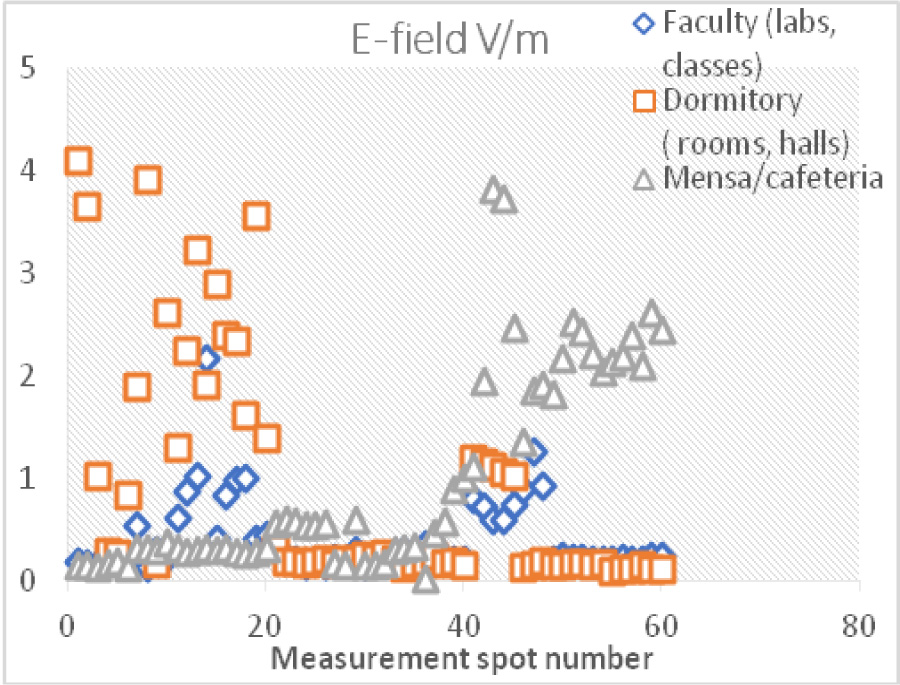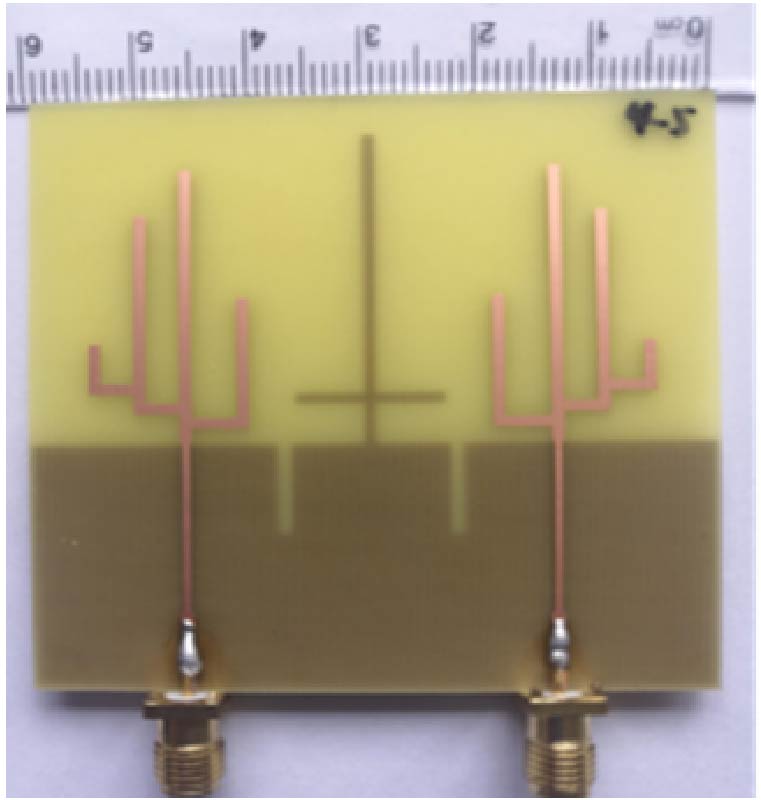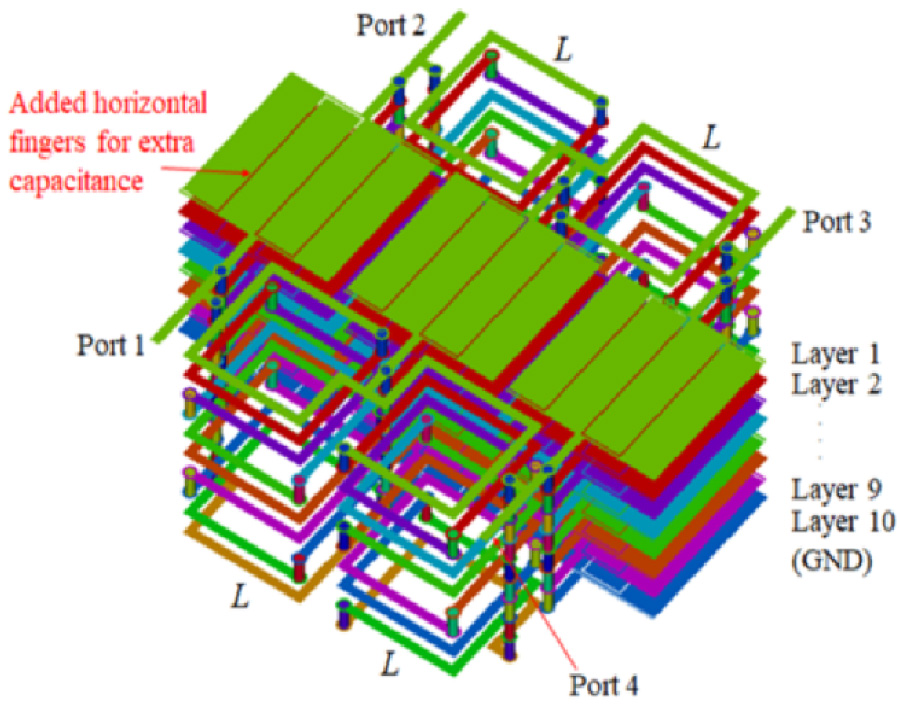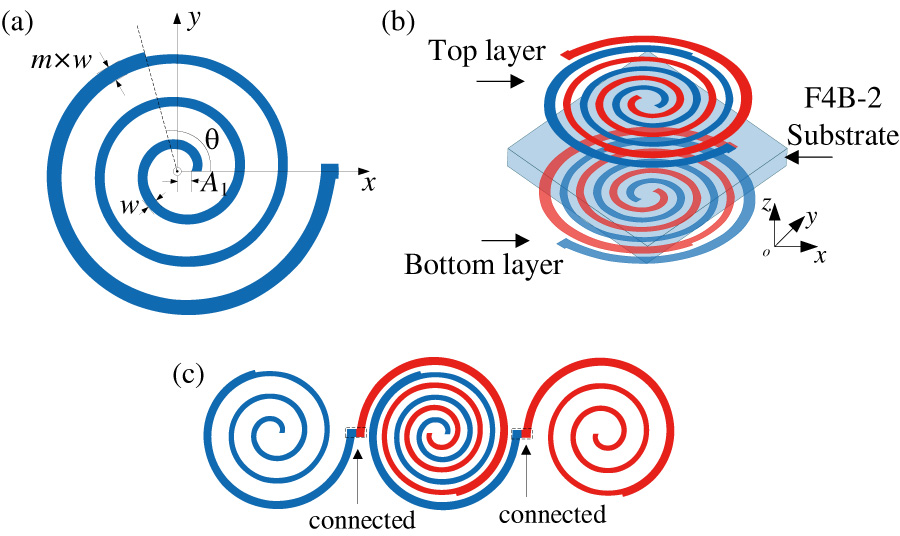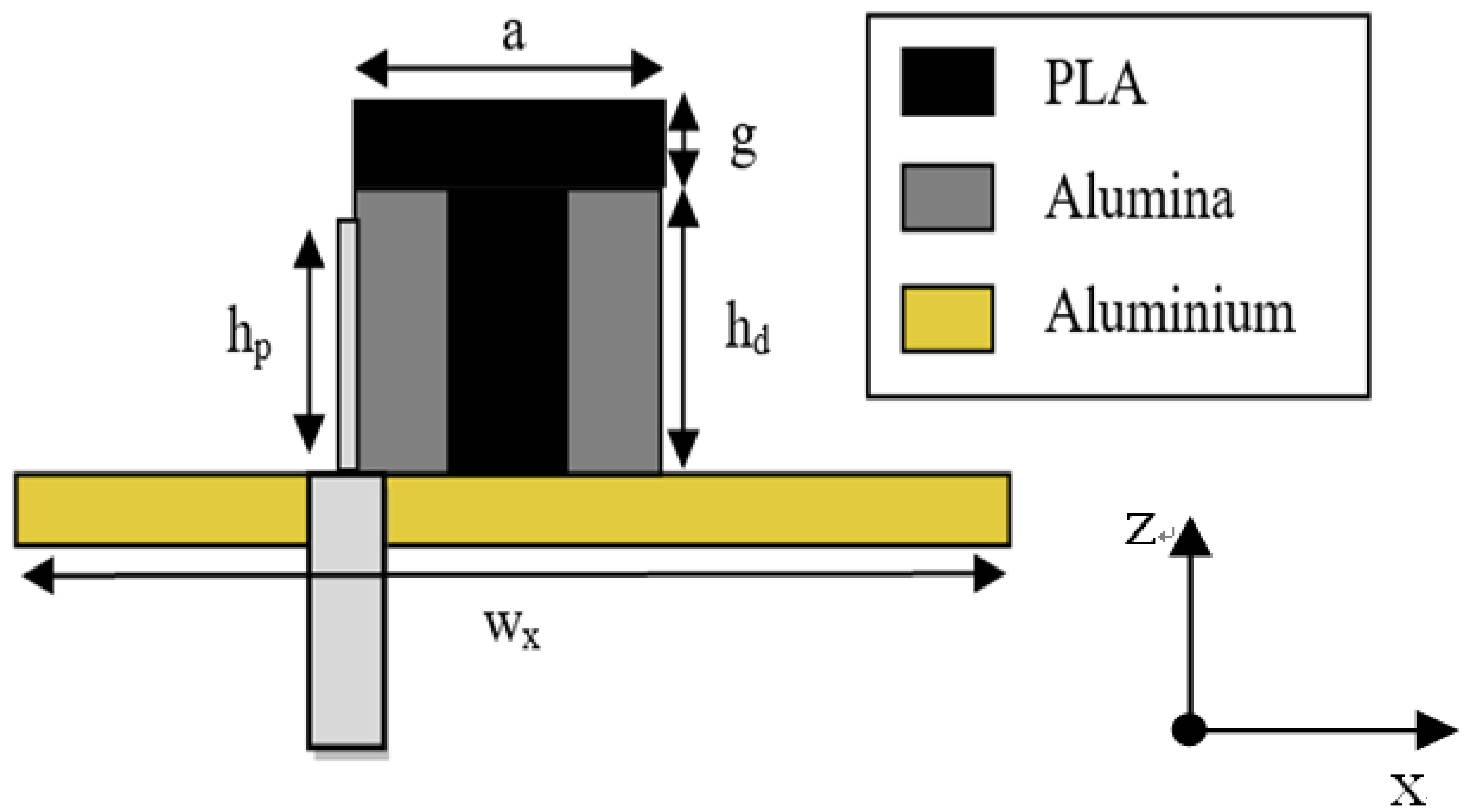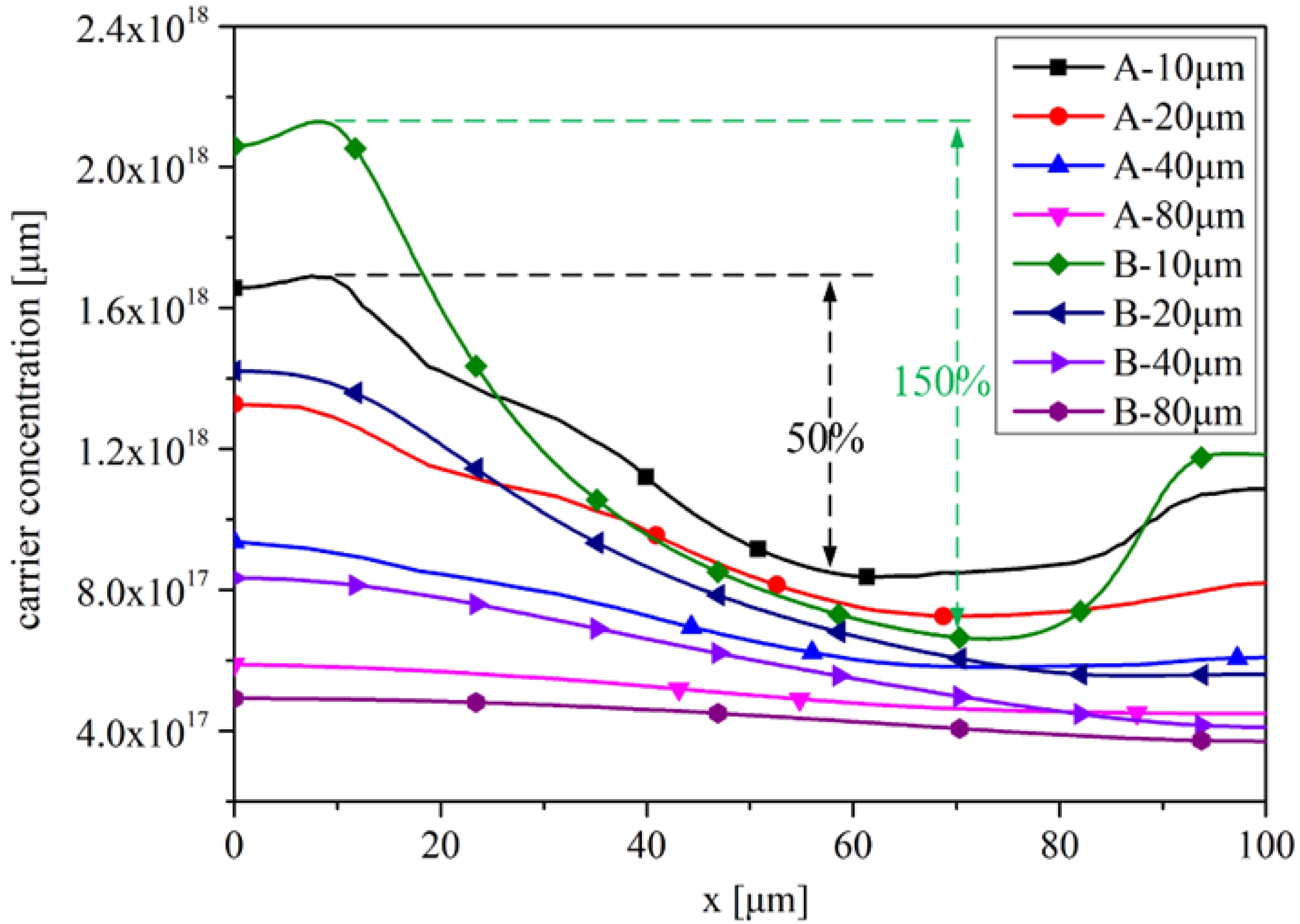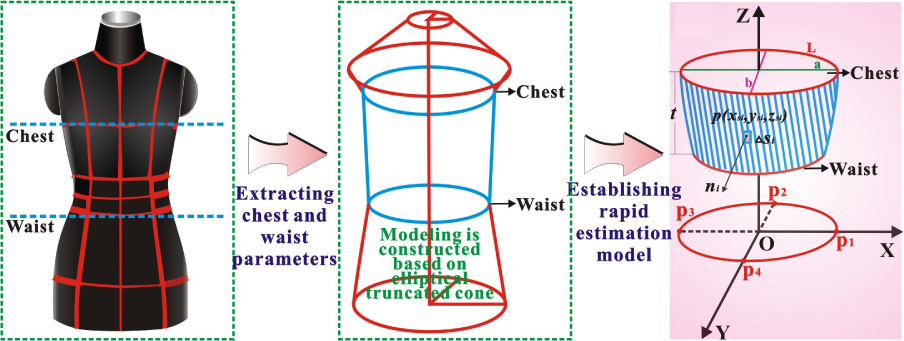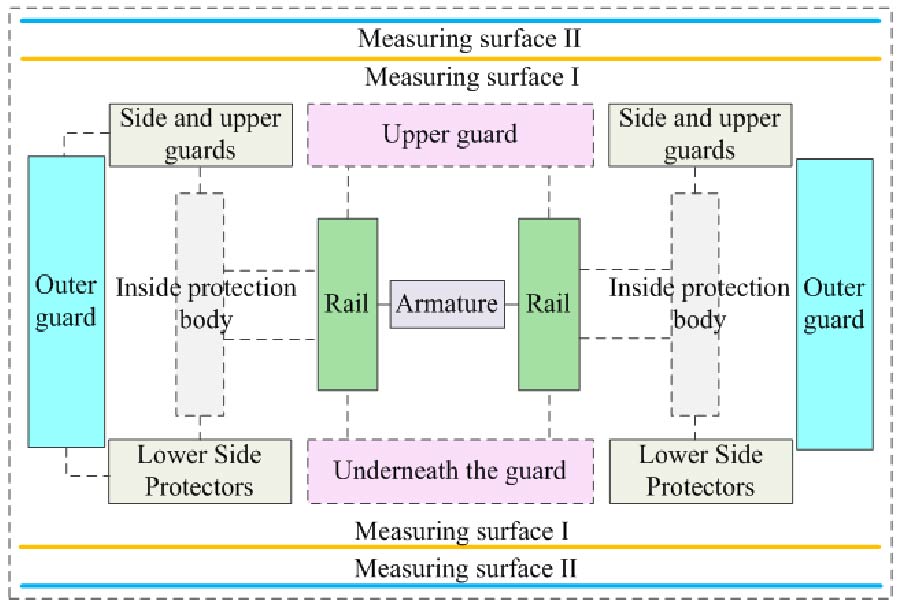A Quad-Band High-Isolated MIMO Microstrip Antenna for Coal Mine Communication
Yanhong Xu,
Peipei Dong,
Anyi Wang,
Jianqiang Hou and
Shanshan Li
In this letter, a quad-band high-isolated MIMO microstrip antenna is designed for coal mine communications, which can operate at DCS1800, UMTS, WiMAX, WiFi, and 5G NR simultaneously. Firstly, the qual-band property is realized by designing a quaddent structure. In particular, three L-shaped branches (separately operating at 2.6 GHz, 3.5 GHz, and 4.8 GHz) are successively loaded on a monopole antenna (operating at 1.9 GHz). In the sequel, by symmetrically placing two quaddent structures with spacing of 0.19λ, a MIMO antenna is designed. At this time, the isolation level of the MIMO antenna can be as high as around 8 dB. To improve the performance of the MIMO antenna, an inverted cross-shaped branch is loaded on and two rectangular slots are etched off the ground successively between the two elements. In this way, an isolation level of over 20 dB can be achieved across the whole operating frequency bands. To verify the performance of the designed antenna, a prototype is fabricated and tested, and good agreement between the simulated and measured results indicates that the proposed antenna can completely cover DCS1800, UMTS, WiMAX, WiFi, and 5G NR (1.67~2.28 GHz, 2.39~2.79 GHz, 3.13~3.74 GHz and 4.69~5.34 GHz) for mining.
